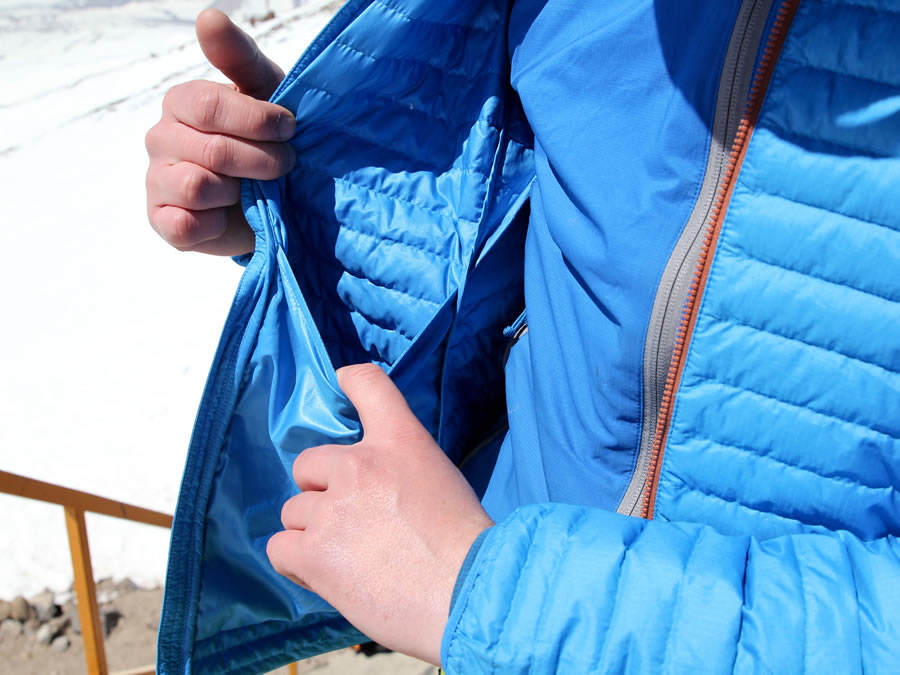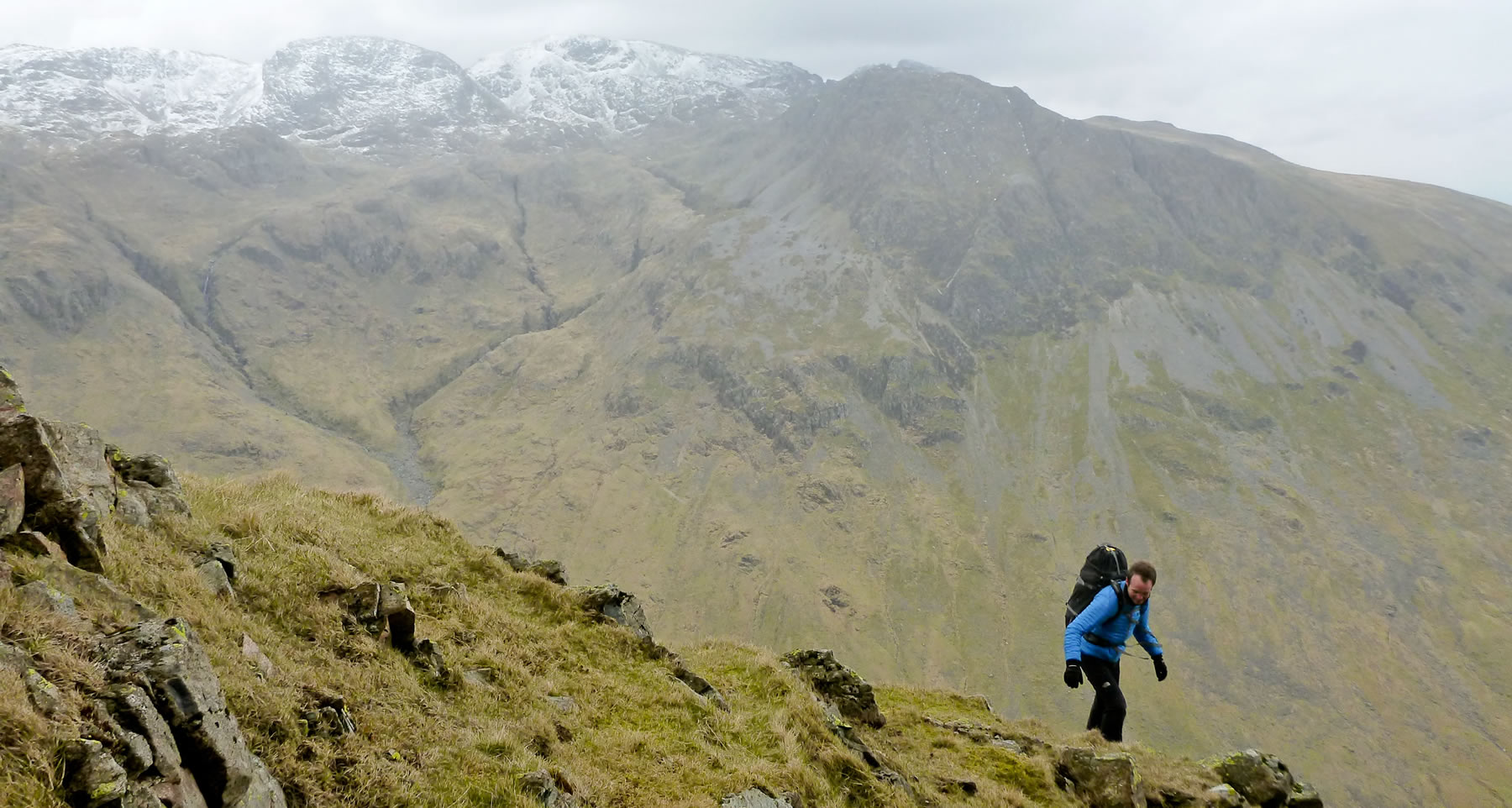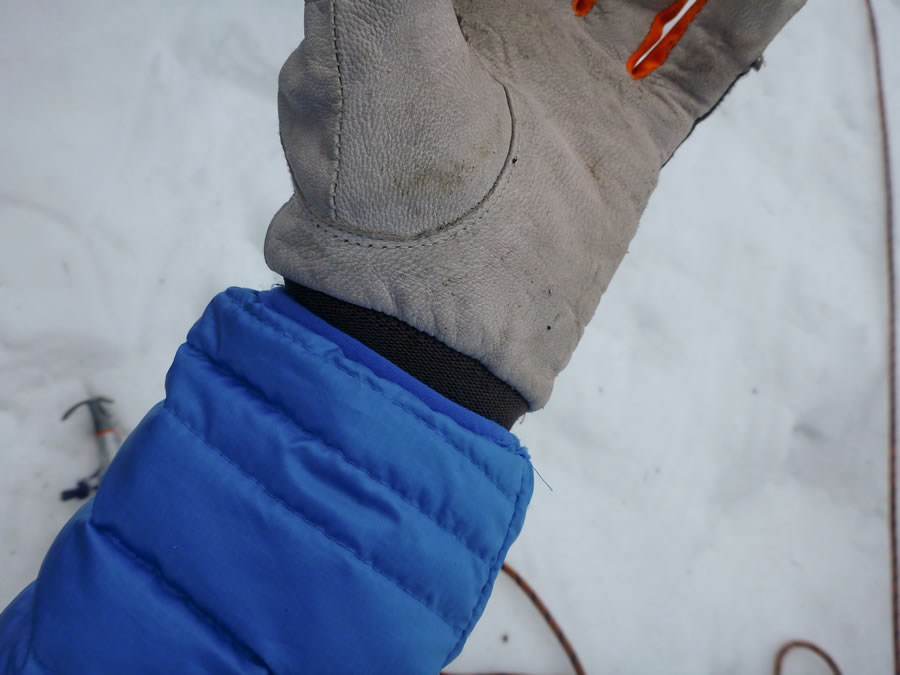Patagonia Down Shirt Review
Published February 2016
For years, I have always thought of down jackets as the big, puffy, warm layers that get thrown on at a belay or in a hut as you struggle to keep warm in a biting wind.
I’ve been testing out the Patagonia Down Shirt for several months now and whilst it is most definitely not going to keep the worst of the Scottish weather at bay, it does act as a superb replacement for that more bulky, less warm mid-layer you might have been carrying instead.
“This is definitely not the PrimaLoft-filled Nano Puff jacket which is an altogether different garment.”



To avoid any confusion and to address the first thing everybody asked me when I pulled it out, this is definitely not the PrimaLoft-filled Nano Puff jacket which is an altogether different garment. The Down Shirt sits at the lightweight end of Patagonia’s range of down filled products with a modest amount of 600 fill power down held in thin horizontal channels. The cut and feel of the shirt seems designed to slide on easily over a couple of lower layers without needing to be loose enough to accommodate being worn over the top of everything. The waist loop is quite tight with no elasticity or give in the fabric but the rest of the top was a pretty regular size with a straight rather than fitted cut at the sides.
There’s also no hood of any sort, which is typically something that irritates me, but actually in this case it seems like a good choice since I generally ended up wearing it in combination with another hooded top and the shape of a down filled hood would likely have ended up as un-necessary bulk around the neck.
There are four pockets, two inside and two outside, and they really couldn’t be more different. The outside pockets were fairly useless and have a poor combination of a wide opening and very little depth below the bottom of the entrance. Patagonia describe them as external handwarmer pockets since they sit behind the front down and I didn’t dare use them for much more than this. In stark contrast the internal pockets are superb: two great big drop-in buckets which I used all the time to hold gloves or a spare buff. I’m also a huge fan of clothing which self-stores by stuffing into an inverted pocket and whilst Patagonia designed only the outer two pockets with this in mind I found the top would easily compress and remain secure within any of the four pockets.
“The outside pockets were fairly useless and have a poor combination of a wide opening and very little depth below the bottom of the entrance.”



In all honesty it took me a little while to work out how best to use this Down Shirt. I wore it a few times as an outer layer when climbing in summer and winter which worked fine although it obviously has very little abrasion resistance. But I was only after I started throwing it into my sack on every trip to see what happened that the benefits of owning a lightweight, thin down layer dawned on me. Lighter, less-bulky and with a far superior warmth-to-weight ratio than a more traditional fleece or softshell mid-layer the top really excels when acting as a warm mid-layer. I used it in summer and winter, ski touring, climbing and hiking and it was hard to argue against carrying it, particularly in the situations when I wasn’t going to have a larger belay jacket with me.
Suggestions for the future? Adding some zip closure to the outer pockets would hardly impact on the weight or minimal feel but make them a lot more useful. I wasn’t really a fan of the colour combo either, the model I had to test paired a solid blue body with a murky brown coloured zip. However since writing this Patagonia have brought out a number of new styles which feature far superior colour combinations.
The Patagonia Down Shirt is a top which made me wonder whether my view on down jackets and the tried-and-tested layering system was perhaps a little out-dated. If you’re looking for a new year round mid-layer which is lightweight and warm I can definitely recommend taking a look.
“The Patagonia Down Shirt is a top which made me wonder whether my view on down jackets and the tried-and-tested layering system was perhaps a little out-dated.”


